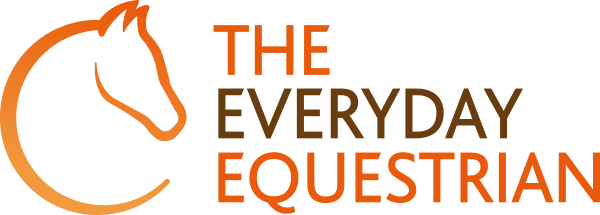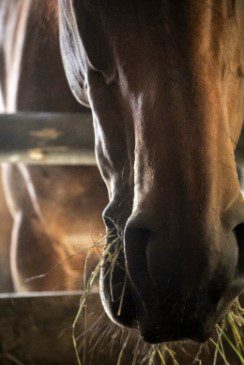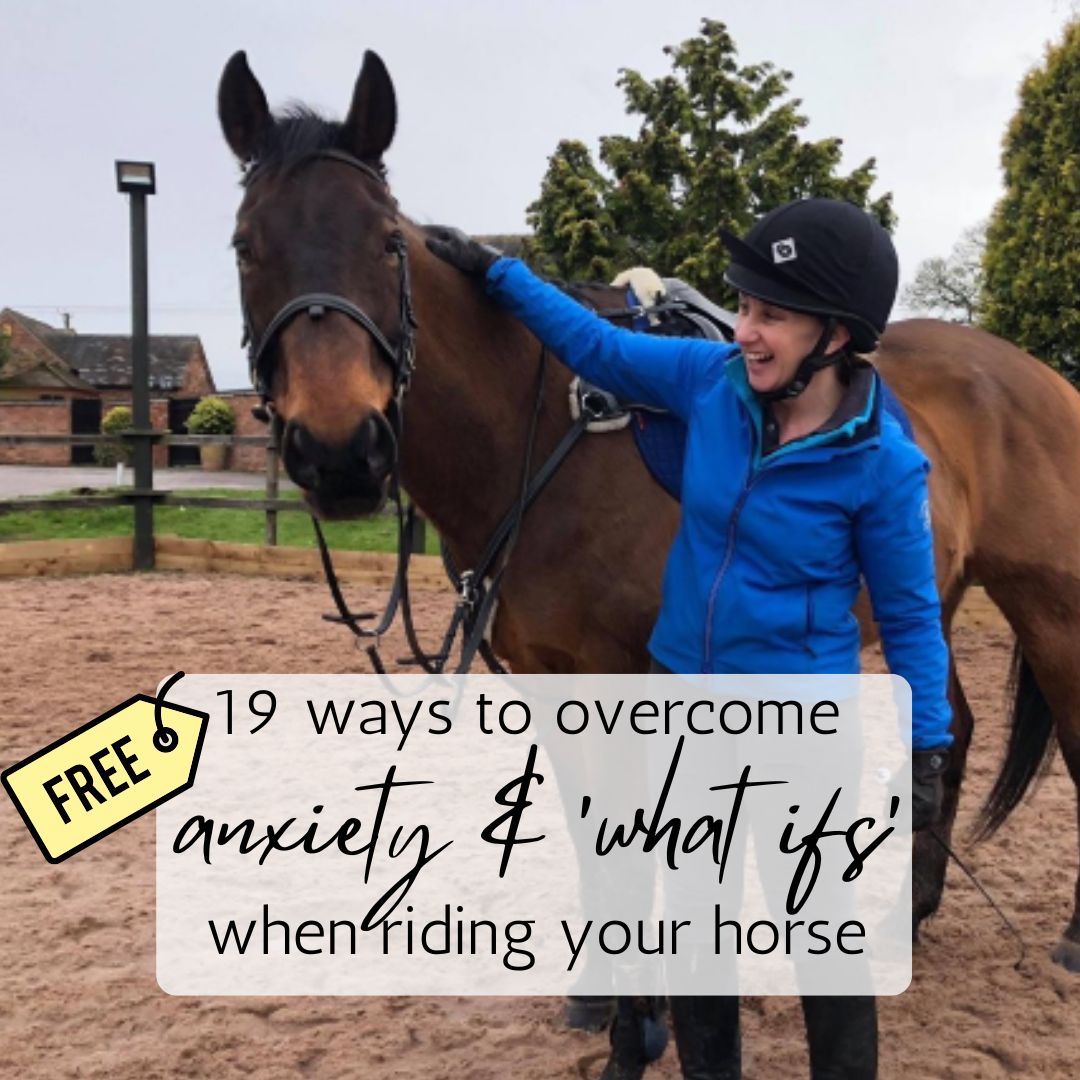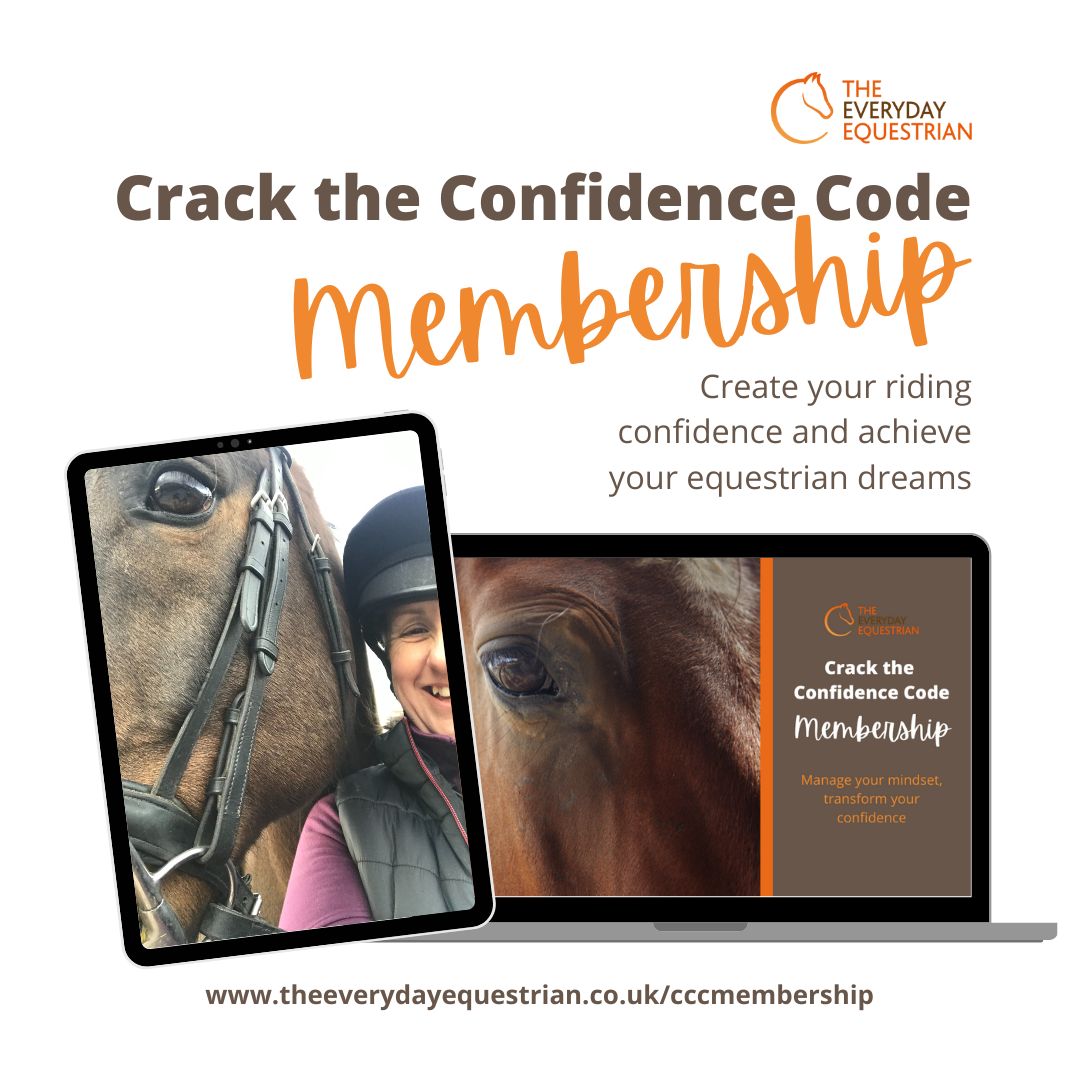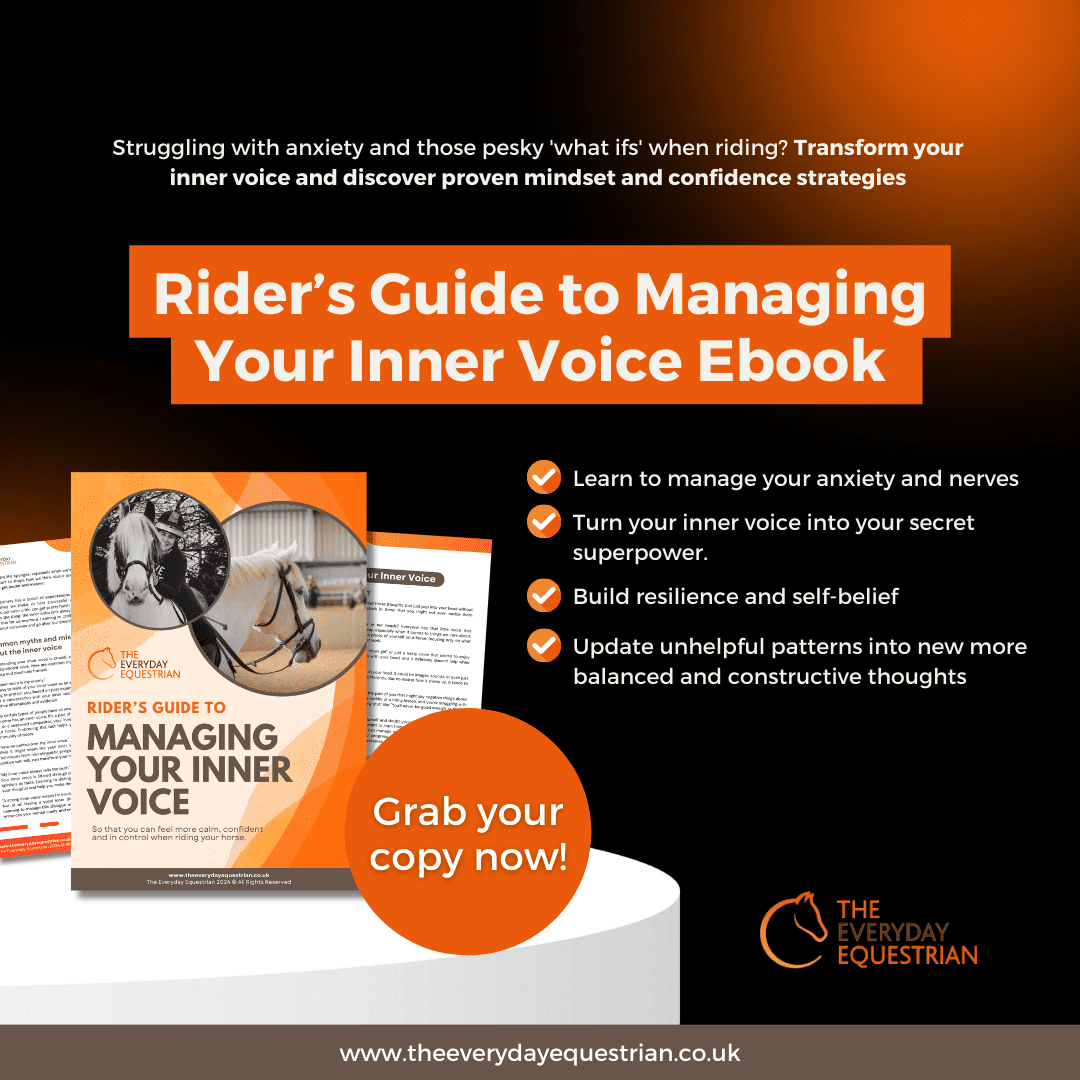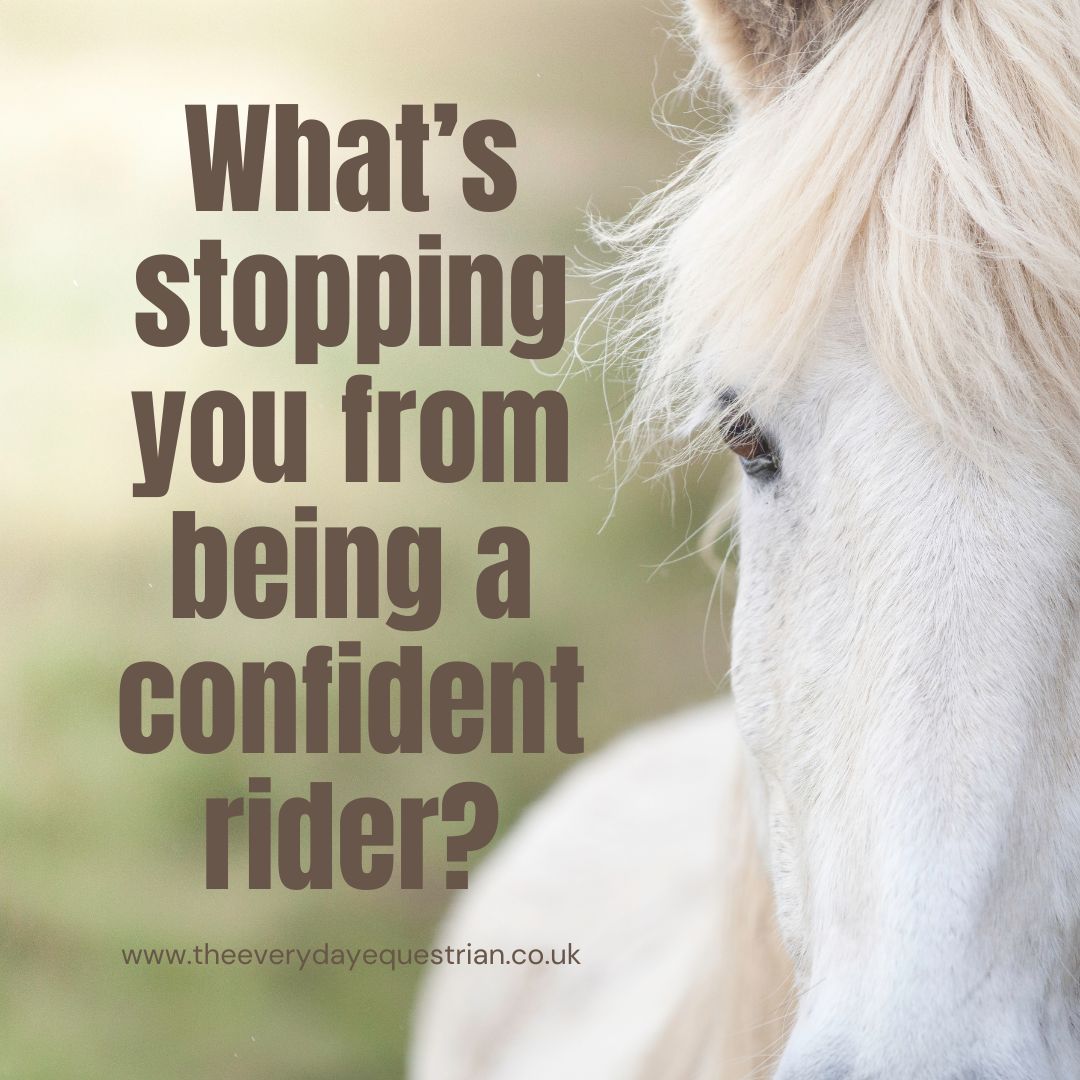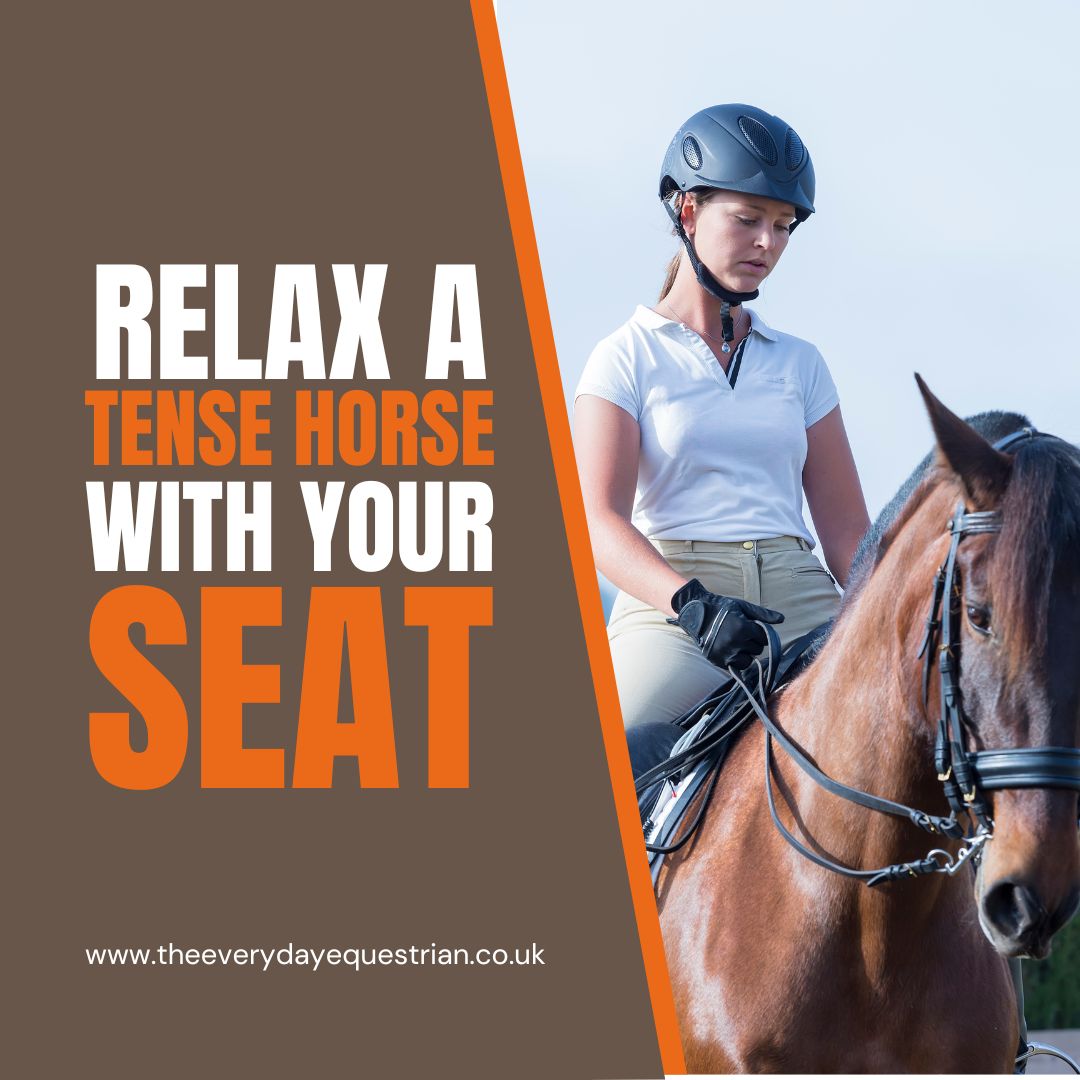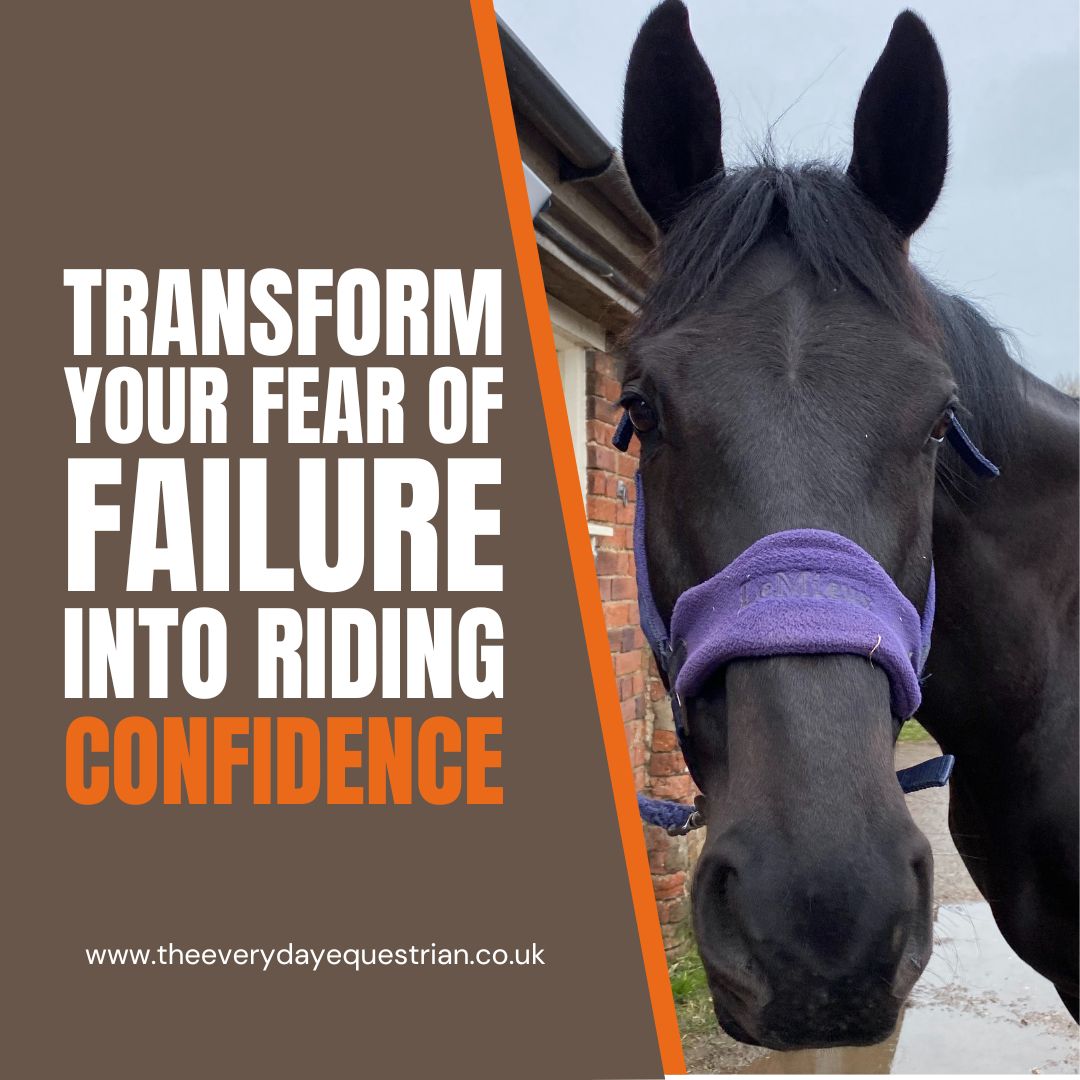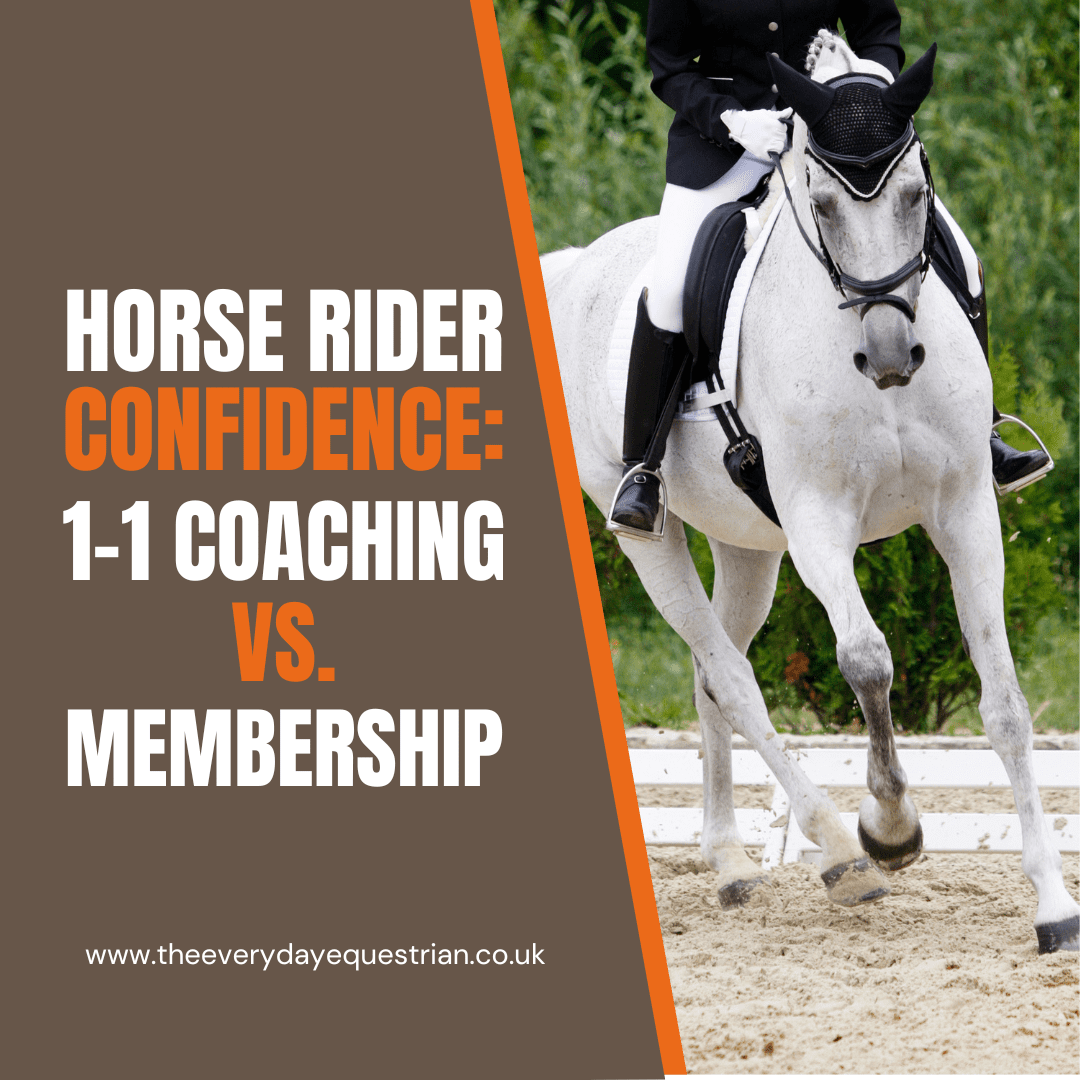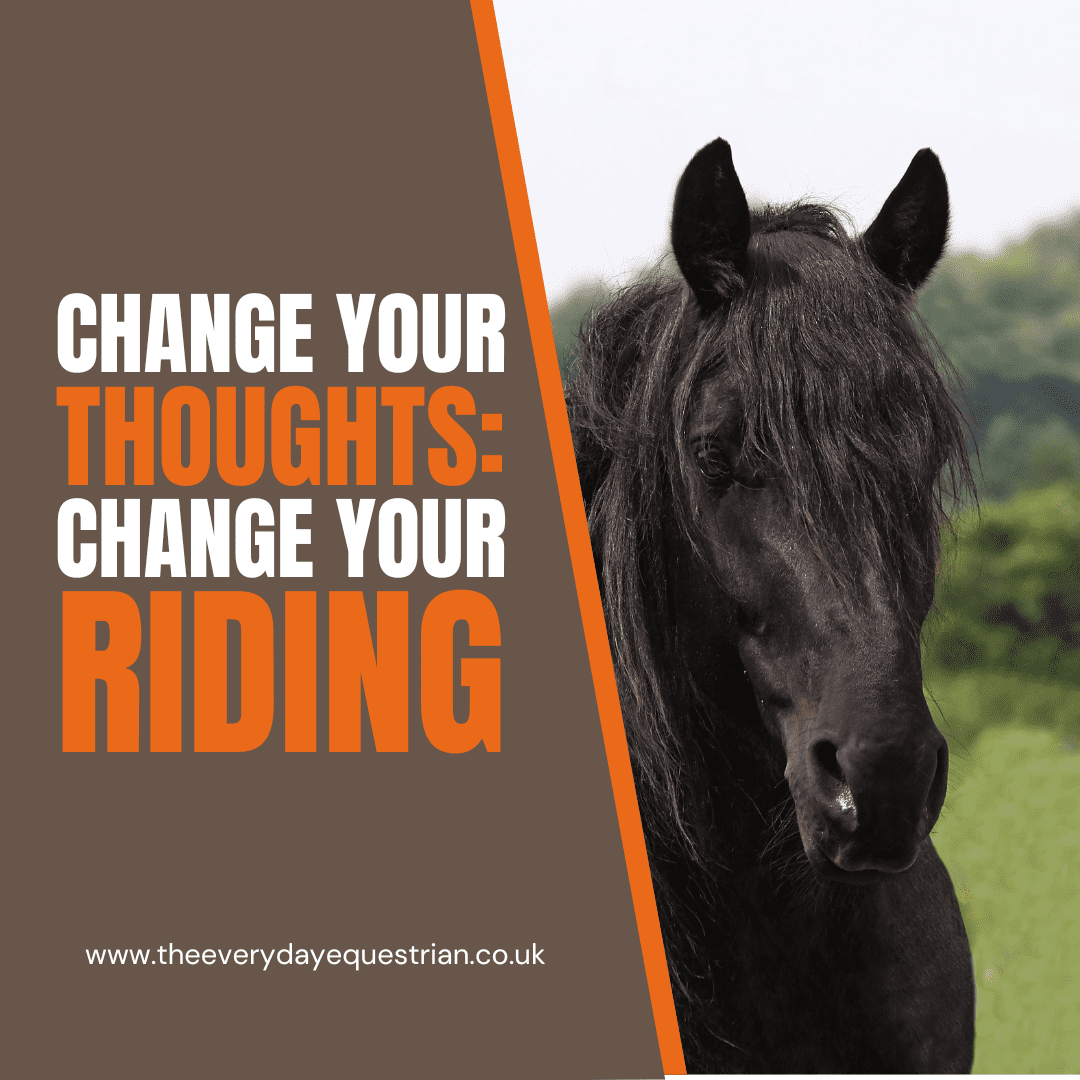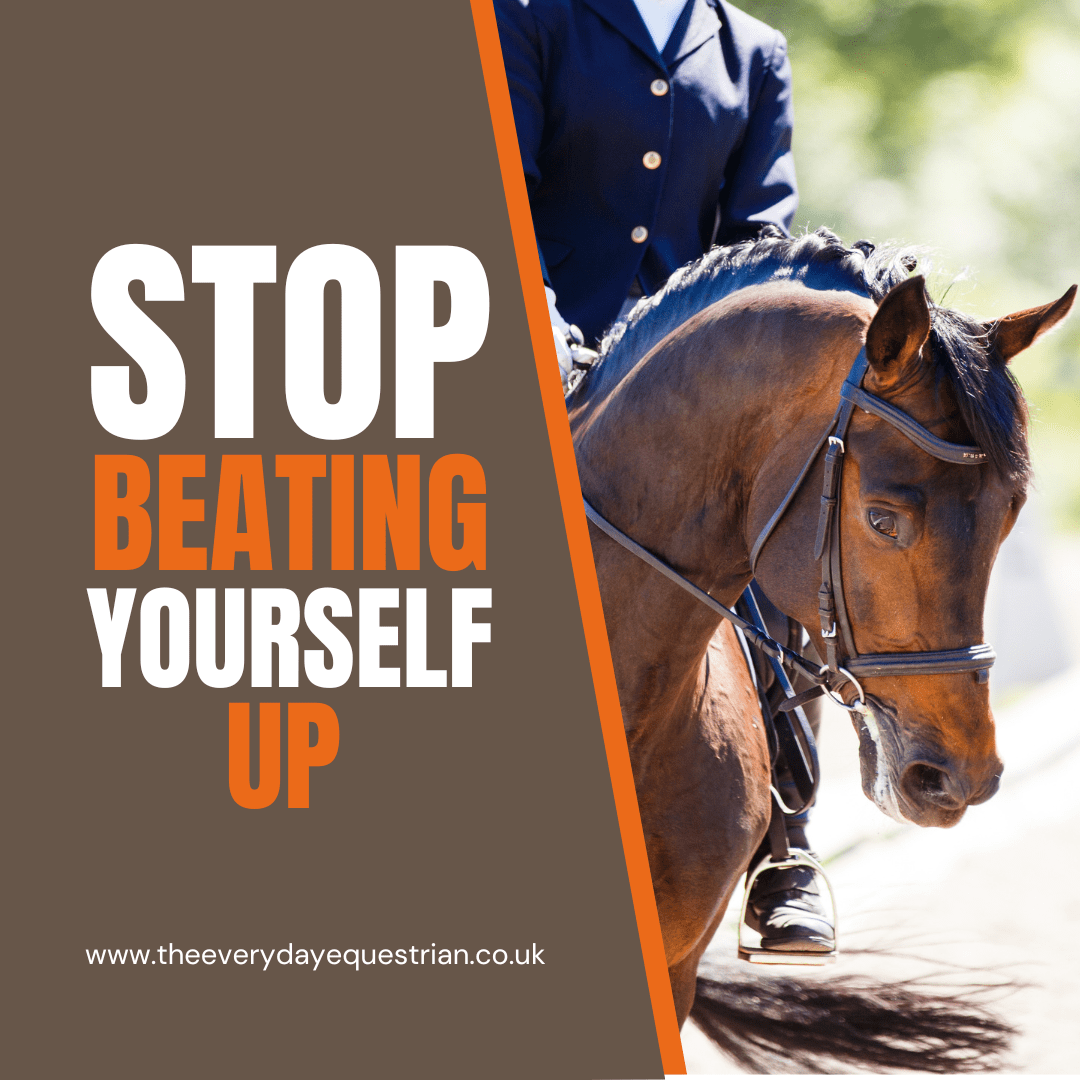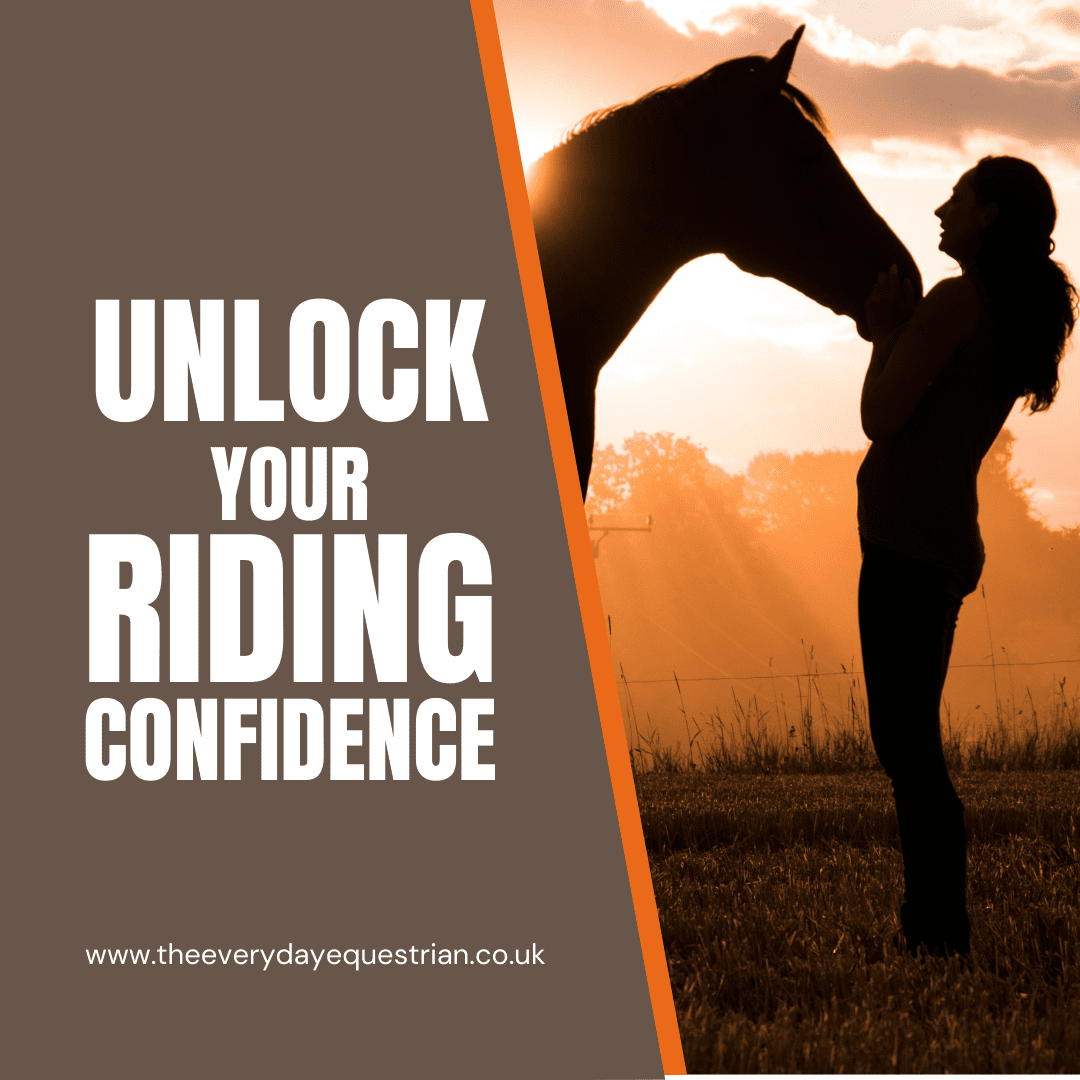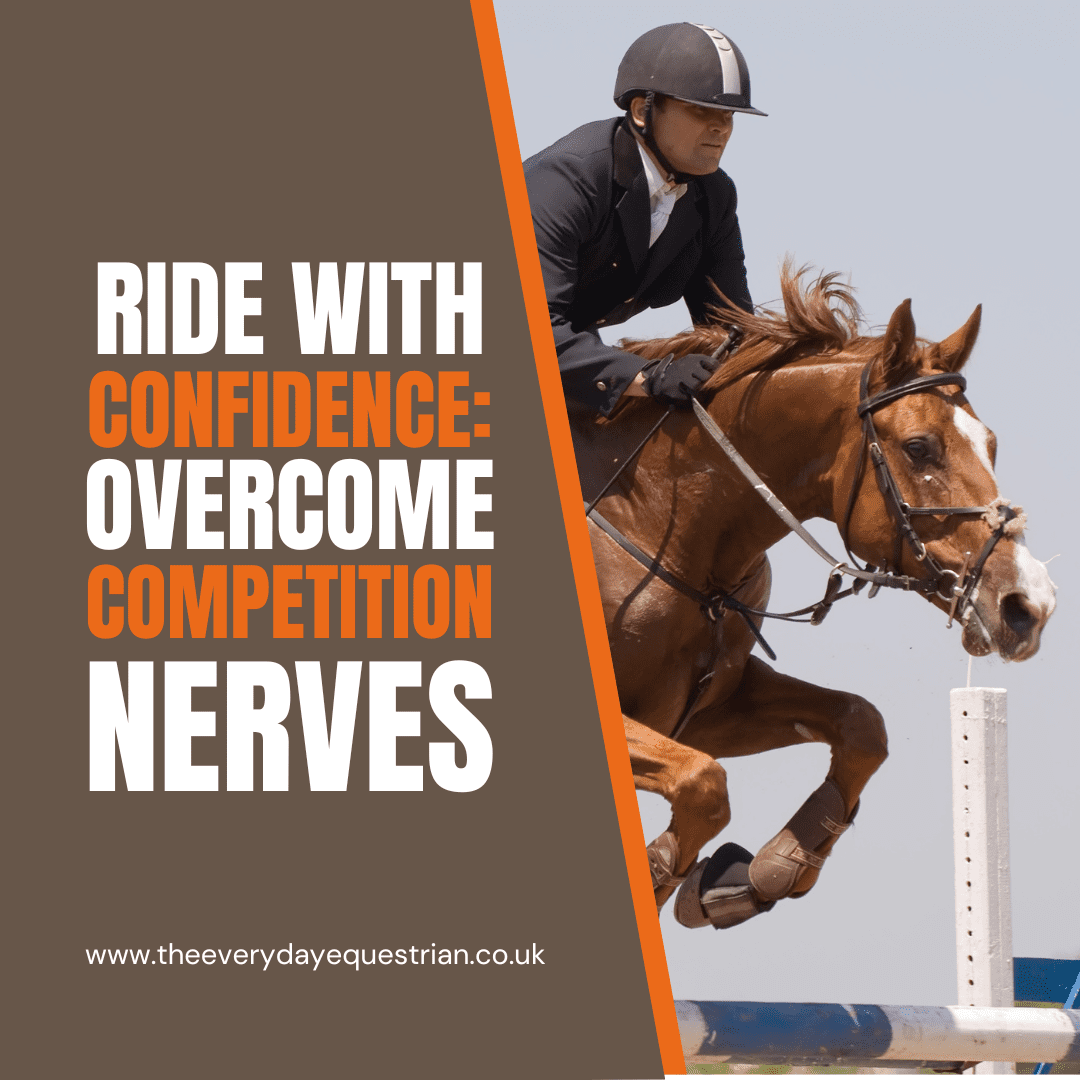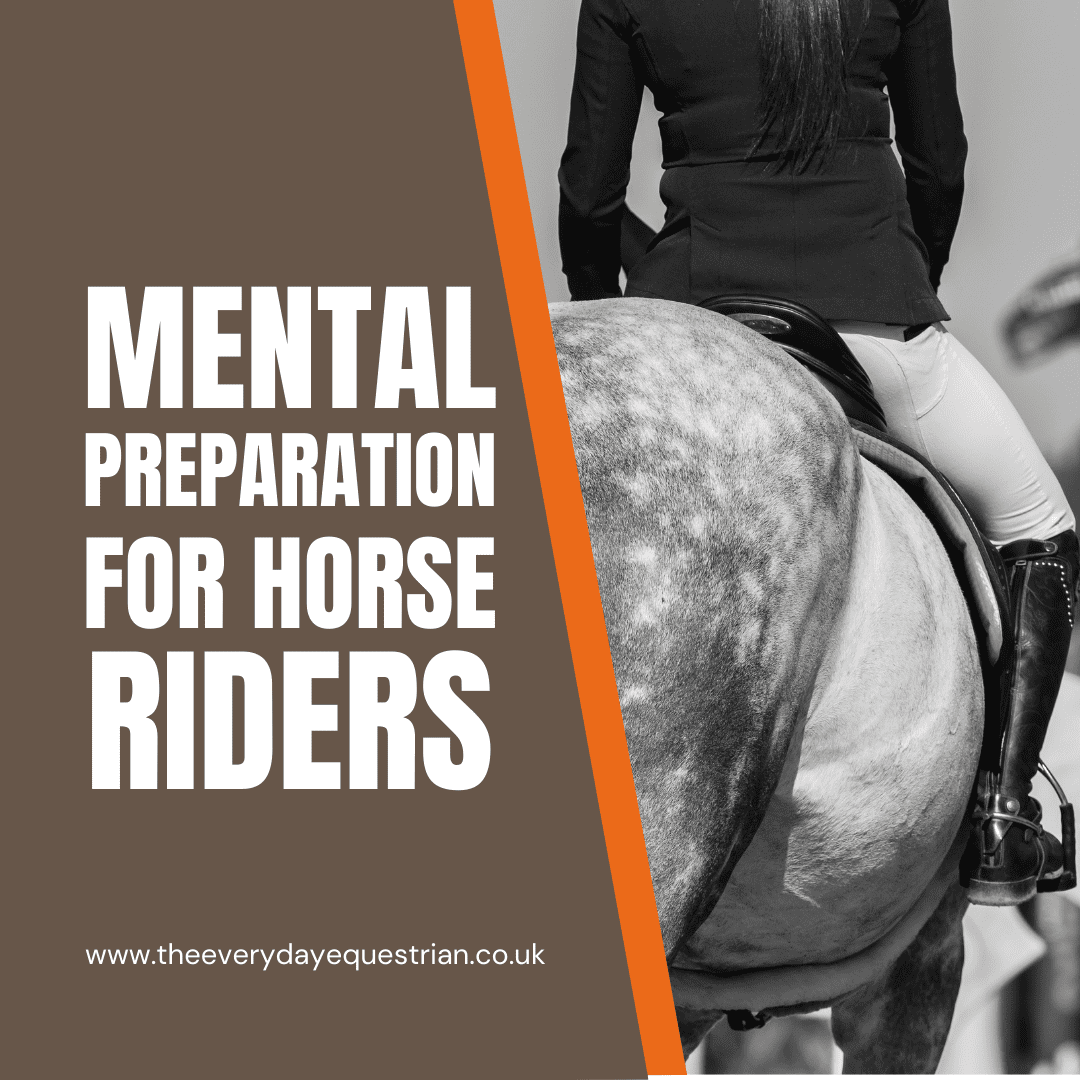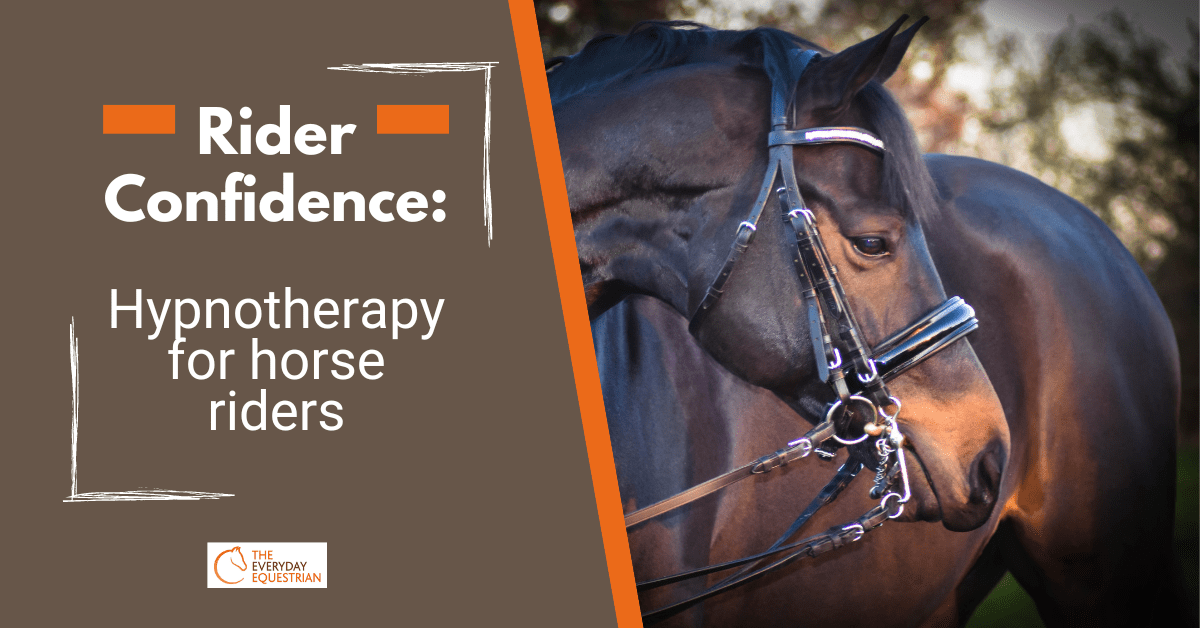Feeding your horse can be an absolute minefield at the best of times. As owners, we should be ensuring that we feed our horses enough roughage in their daily diet and good quality roughage at that. Many owners choose to feed their horses haylage as opposed to meadow or seed hay. There are definitely pros and cons to both, however, the ultimate goal is to ensure you are feeding your horse the variety of roughage that works best for them.
What are the key differences between hay and haylage?
Haylage is cut in the same way regular hay is but is essentially dried for less time. You should expect haylage to be dried in around 3 days whereas regular hay will take much longer to dry out. This has it’s pros in the UK thanks to our weather being so fickle.
Since haylage is dried for much less time than meadow or seed hay the water content of haylage is much higher. Typically haylage is made up of 50-70% dry matter and when baled is tightly wrapped, usually in plastic to preserve moisture and oxygen. Wrapping the bale in this way stops the haylage from drying out.
The drier the hay is the longer it will last and therefore haylage does not tend to last as long as meadow or seed hay does once it has been opened. You should expect haylage to last about a week before starting to dry out.
One key difference between hay and haylage that can be very confusing for owners is the amount in which to feed their horses. Your horse will require much more haylage in its diet than feeding regular hay. This is due to the greater amount of moisture haylage provides meaning your horse will be consuming less dry matter per kilogram fed. As an example, a horse that requires 10kg of dry forage in their diet daily would need 11.8kg of hay (based on the hay being 85% dry matter) however they would require around 16.7kg of haylage (based on the haylage being 60% dry matter). It is important you are aware of the levels of dry matter contained in the hay or haylage as this will heavily determine the quantities in which you should feed your horse.
What to look for in good vs poor quality haylage
Providing your horse with good quality haylage is important. Bad quality haylage will often lack nutrition and many horses will refuse to eat haylage that has gone off. Let’s take a quick scan of what you should be looking out for when providing your horse with good quality haylage and what you should be avoiding.
Good Quality Haylage
- Should look like a damper version of hay
- Light in colour, ideally bright golden colours
- Soft and clean to touch
- Sometimes slightly stickier than hay however soft and dry is better
- Haylage should feel slightly warm to touch once opened
- It should smell as fresh as a summer’s day!
Bad Quality Haylage
- Dark brown or very dark in colour (usually indicating excessive heating which can cause your horse digestibility issues)
- Dark brown leaves and stems (leftover from a previous crop or over matured when harvesting)
- Mould or growths on the haylage (indicating insufficient lactic acid or damage to the packaging wrap.
- Coloured moulds present (NEVER feed haylage to your horse if this is present)
- White spots (yeast due to high levels of sugar in the haylage)
- Putrid or rancid smells from the haylage
- Yeast, alcoholic or fruity smells (too much yeast growth and fermentation)
- Vinegar odours (excess acetic acid as a result of a lack of lactic acid)
- Burnt Odours (excessive heating during the fermentation process)
Types of haylage
There are a variety of types of haylage you can feed your horse and the type you choose will often depend on the type of horse you are feeding as well as some cost factors. Some examples of different forms of haylage include:
Ryegrass
Ryegrass is a high energy haylage that is typically quite high in calories. It is a great option for horses in hard or fast work such as racehorses since it provides them with the energy they need to carry out the work they do. Ryegrass is relatively cheap to produce and widely available to buy in the UK.
Meadow Haylage
Meadow haylage is a good option if you are looking for a lower-calorie, non-heating haylage. It provides your horse with much more water content than that of regular meadow hay. This is a very palatable haylage that is a great option for fussy eaters, older horses and laminatics (thanks to its low sugar content).
High Fibre
High Fibre Haylage is a great option for horses in medium to light work. It is a very palatable, soft haylage option which works well for fussy eaters or poor doers and provides low to medium energy without the heating elements that some other haylage types contain.
Alfalfa
Alfalfa is a popular type of haylage that is sometimes referred to as ‘Lucerne’. You may be surprised to hear that this type of haylage is not actually made from hay at all and is made up of a legume (a plant in the family of ‘Fabaceae’). It is high in protein and fibre making it far more digestible than traditional grass.
Special Mixes
There are many types of special haylage mixes that can be purchased in the UK. Since haylage varies greatly in energy content, mixes that cater to a more individual level are very popular. For instance, Ryegrass may be a great addition to a competition horse’s diet or those that are in heavy work but may not be suitable for the average riding school or veteran. These types of mixes give you much greater control over what you are actually feeding your horse ensuring you are providing them with the most suitable feed possible to cater to their needs.
When it is appropriate to feed haylage to horses?
There are many reasons why you may choose to feed your haylage over hay. One of the biggest reasons would be if your horse suffered from respiratory problems or allergies. Unlike regular hay, haylage is dust-free. In haylage, the spores are swollen by the presence of the moisture meaning they are eaten rather than your horse breathing them in.
Haylage is much closer in texture and nutritional value to the horse’s natural diet of grass. It is much more digestible than hay and if your horse is prone to gastric ulcers or colic you will likely opt for feeding haylage over hay.
Horse’s that are fussy eaters or poor doers often do much better on haylage. It has a sweet, highly palatable taste that many horses seem to love the taste of. You may use haylage as a means to encourage your horse to eat more particularly if they are picky.
Many equine nutritionists these days recommended feeding haylage rather than high. It has a much higher nutritional value, is easier to digest and more often than not is more cost-effective.
